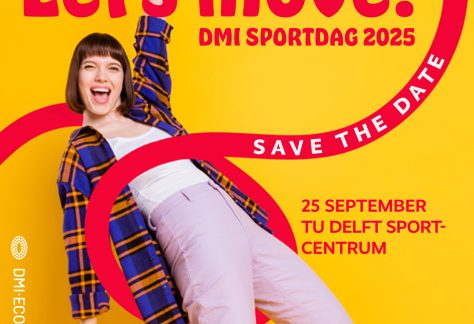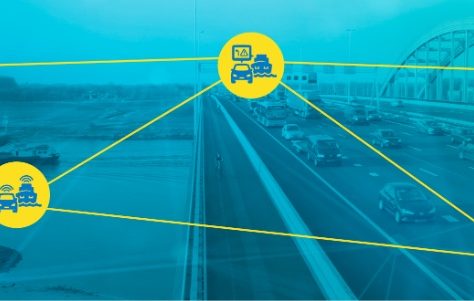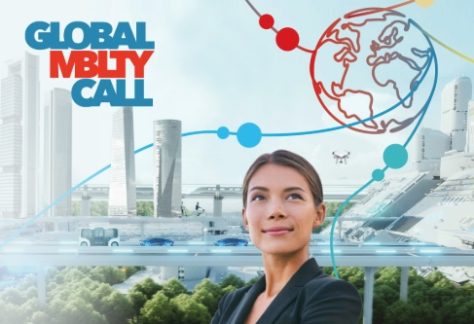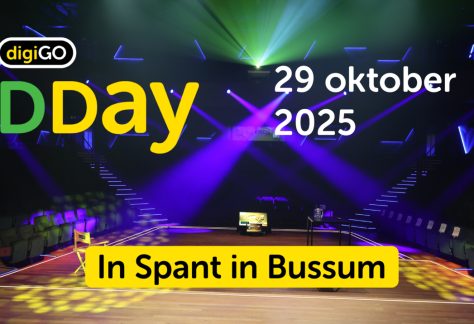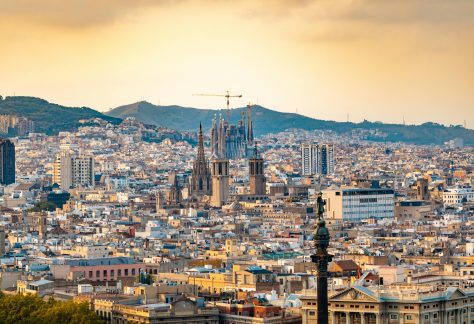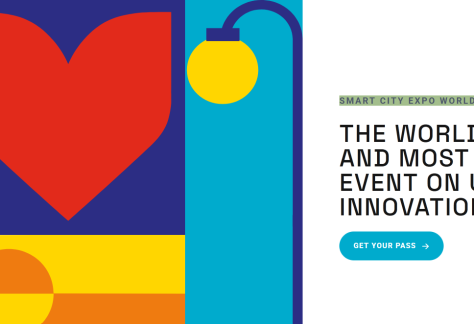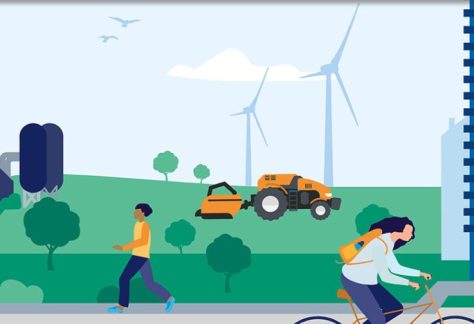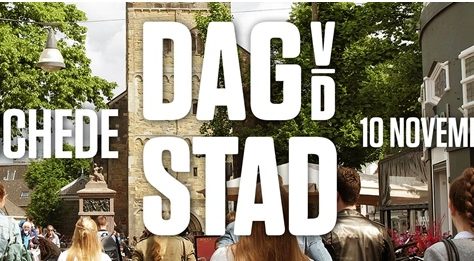Urban traffic
Traffic is not a natural phenomenon that arises by itself. Movement of people and goods is a consequence of economic and social functions, such as retail and wholesale trade, tourism and recreation, socio-cultural facilities, business and commuting. The way a city is laid out (the locations and size of healthcare, education and offices, for example) has a direct impact on traffic in that city. In addition, in recent decades the number of residents in several cities has increased significantly. Much will change in the coming years: inner-city housing and area development will lead to further urbanization. This offers new challenges and opportunities for set goals such as improving or maintaining accessibility, sustainability, safety and livability. It also requires a better understanding of patterns, anomalies and vulnerabilities to make transportation as sustainable and safe as possible.





